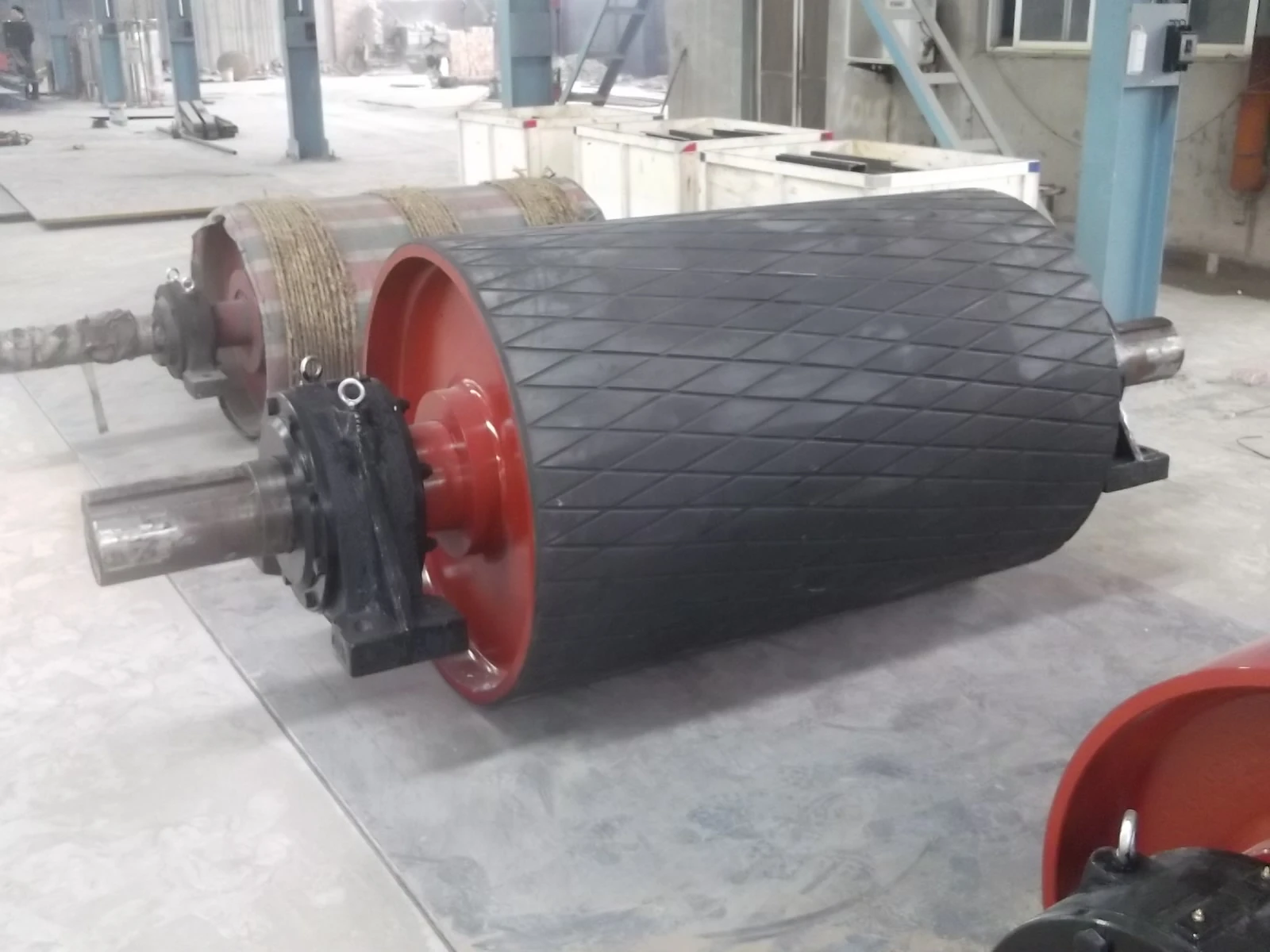 Afrikaans
Afrikaans  Albanian
Albanian  Amharic
Amharic  Arabic
Arabic  Armenian
Armenian  Azerbaijani
Azerbaijani  Basque
Basque  Belarusian
Belarusian  Bengali
Bengali  Bosnian
Bosnian  Bulgarian
Bulgarian  Catalan
Catalan  Cebuano
Cebuano  Corsican
Corsican  Croatian
Croatian  Czech
Czech  Danish
Danish  Dutch
Dutch  English
English  Esperanto
Esperanto  Estonian
Estonian  Finnish
Finnish  French
French  Frisian
Frisian  Galician
Galician  Georgian
Georgian  German
German  Greek
Greek  Gujarati
Gujarati  Haitian Creole
Haitian Creole  hausa
hausa  hawaiian
hawaiian  Hebrew
Hebrew  Hindi
Hindi  Miao
Miao  Hungarian
Hungarian  Icelandic
Icelandic  igbo
igbo  Indonesian
Indonesian  irish
irish  Italian
Italian  Japanese
Japanese  Javanese
Javanese  Kannada
Kannada  kazakh
kazakh  Khmer
Khmer  Rwandese
Rwandese  Korean
Korean  Kurdish
Kurdish  Kyrgyz
Kyrgyz  Lao
Lao  Latin
Latin  Latvian
Latvian  Lithuanian
Lithuanian  Luxembourgish
Luxembourgish  Macedonian
Macedonian  Malgashi
Malgashi  Malay
Malay  Malayalam
Malayalam  Maltese
Maltese  Maori
Maori  Marathi
Marathi  Mongolian
Mongolian  Myanmar
Myanmar  Nepali
Nepali  Norwegian
Norwegian  Norwegian
Norwegian  Occitan
Occitan  Pashto
Pashto  Persian
Persian  Polish
Polish  Portuguese
Portuguese  Punjabi
Punjabi  Romanian
Romanian  Russian
Russian  Samoan
Samoan  Scottish Gaelic
Scottish Gaelic  Serbian
Serbian  Sesotho
Sesotho  Shona
Shona  Sindhi
Sindhi  Sinhala
Sinhala  Slovak
Slovak  Slovenian
Slovenian  Somali
Somali  Spanish
Spanish  Sundanese
Sundanese  Swahili
Swahili  Swedish
Swedish  Tagalog
Tagalog  Tajik
Tajik  Tamil
Tamil  Tatar
Tatar  Telugu
Telugu  Thai
Thai  Turkish
Turkish  Turkmen
Turkmen  Ukrainian
Ukrainian  Urdu
Urdu  Uighur
Uighur  Uzbek
Uzbek  Vietnamese
Vietnamese  Welsh
Welsh  Bantu
Bantu  Yiddish
Yiddish  Yoruba
Yoruba  Zulu
Zulu belt conveyor return roller
Understanding Belt Conveyor Return Rollers Essential Components of Material Handling Systems
Belt conveyors play a crucial role in various industries, enabling the efficient transport of materials over long distances. Central to the functionality of a belt conveyor system are the return rollers, which contribute significantly to the system's overall performance, durability, and reliability. This article delves into the importance of return rollers, their types, design considerations, and maintenance practices.
What are Return Rollers?
Return rollers, also known as return idlers, are components that support the underside of the conveyor belt as it returns to the loading section. As the belt moves through the system, it carries materials from one point to another, but after reaching the discharge point, it must return to its starting position to maintain continuous operation. This is where return rollers come into play, providing support and minimizing friction, thus ensuring a smooth return journey of the conveyor belt.
Types of Return Rollers
There are several types of return rollers utilized in belt conveyor systems, each offering distinct advantages depending on the application
1. Flat Return Rollers The most common type, flat return rollers provide stable support for the conveyor belt. They lay flat and keep the belt aligned as it travels back to the loading point.
2. Rubber-Coated Return Rollers These rollers have a rubber coating that enhances grip and reduces slippage, making them suitable for heavy-duty applications where belt traction is critical.
3. Self-Aligning Return Rollers Designed to help maintain proper belt alignment, self-aligning rollers can pivot to compensate for misalignment, promoting operational efficiency and minimizing wear on the belt.
4. Return Roller with Impact Bars These rollers are equipped with impact bars that absorb energy from heavy loads and drops, protecting the belt and extending its lifespan.
Design Considerations
belt conveyor return roller

When selecting return rollers for a conveyor system, several design factors must be considered
- Material The rollers are often made from materials that withstand harsh environmental conditions and heavy loads. Materials like steel or durable plastics are commonly used to enhance strength and reduce wear.
- Diameter and Spacing The diameter of the rollers impacts the overall performance of the conveyor. Larger diameter rollers can support heavier loads and reduce belt sag, while proper spacing between the rollers is essential to maintain optimal belt tension and alignment.
- Load Capacity Understanding the expected load on the conveyor system helps engineers determine the correct roller specifications. Overloading can lead to premature failure and costly downtime.
- Environmental Conditions The operating environment plays a significant role in roller selection. Factors such as temperature, moisture, and exposure to chemicals should be taken into account to ensure the longevity of the return rollers.
Maintenance Practices
Regular maintenance of return rollers is crucial to prevent unexpected breakdowns and ensure optimal performance. Here are some best practices
1. Routine Inspections Regular inspections should be conducted to check for wear, misalignment, and buildup of debris, which can lead to increased friction and potential roller failure.
2. Lubrication Many roller types feature bearings that require regular lubrication to minimize friction and wear. Following the manufacturer's recommendations for lubrication intervals is essential for maintaining roller function.
3. Replacement As rollers wear out, they can cause belt damage or misalignment. Timely replacement of worn rollers is vital to maintaining system efficiency.
In conclusion, belt conveyor return rollers are critical components that directly influence the performance and longevity of conveyor systems. Understanding their types, design considerations, and maintenance practices is essential for optimizing material handling operations. By ensuring proper roller selection and maintenance, industries can enhance productivity, reduce downtime, and achieve cost-effective operation in their material transport processes.
-
Revolutionizing Conveyor Reliability with Advanced Rubber Lagging PulleysNewsJul.22,2025
-
Powering Precision and Durability with Expert Manufacturers of Conveyor ComponentsNewsJul.22,2025
-
Optimizing Conveyor Systems with Advanced Conveyor AccessoriesNewsJul.22,2025
-
Maximize Conveyor Efficiency with Quality Conveyor Idler PulleysNewsJul.22,2025
-
Future-Proof Your Conveyor System with High-Performance Polyurethane RollerNewsJul.22,2025
-
Driving Efficiency Forward with Quality Idlers and RollersNewsJul.22,2025





























